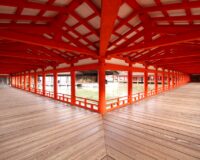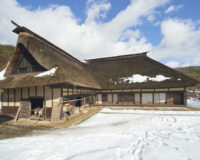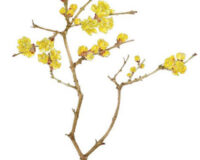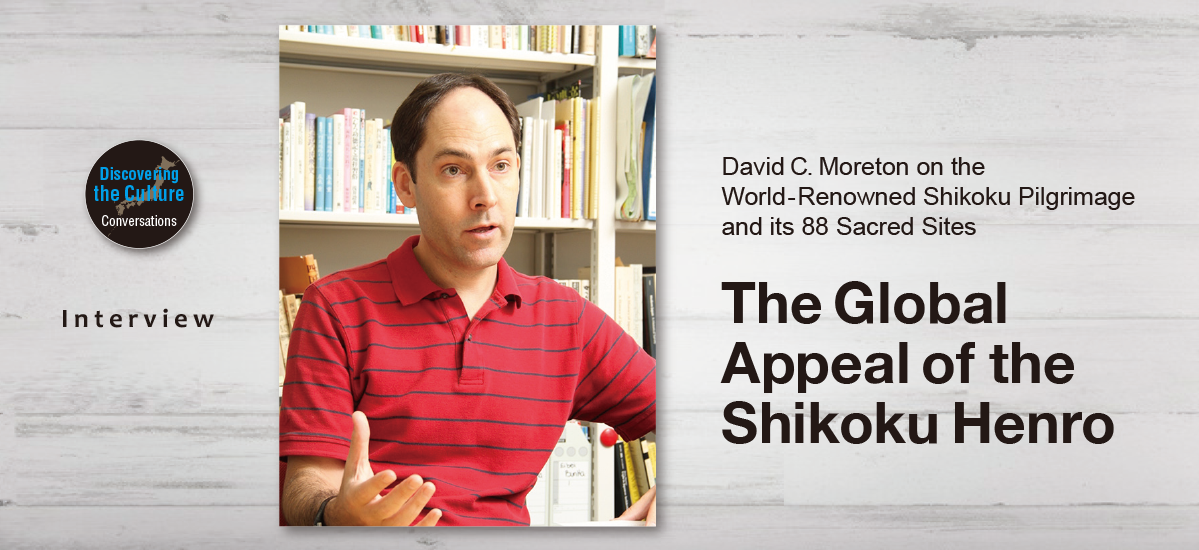
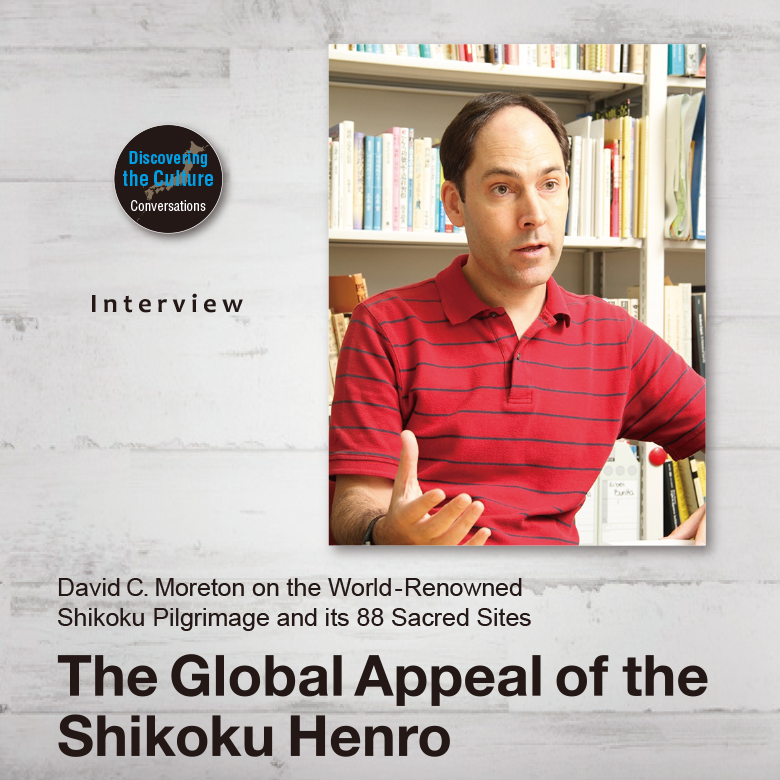
The Shikoku Henro, a pilgrimage of eighty-eight temples that traces a route through craggy mountains and along endless stretches of coastline, covering a distance around 1400 km, began around 1200 years ago and still continues to attract pilgrims today. Word has spread globally about Japan’s pilgrimage routes by means of guidebooks and websites in a range of other languages, and in recent years many of the pilgrims treading these ancient paths have been from overseas. We spoke with researcher David C. Moreton, associate professor at Tokushima University in Shikoku, who hails originally from Canada and who has been at the forefront in informing the world about the Shikoku Henro.
Photos : 谷口哲 Akira Taniguchi / English Version : Judy Evans
Keyword : Hiking / Pilgrimage / Buddhism / Henro / 88 Temple Pilgrimage / Shikoku
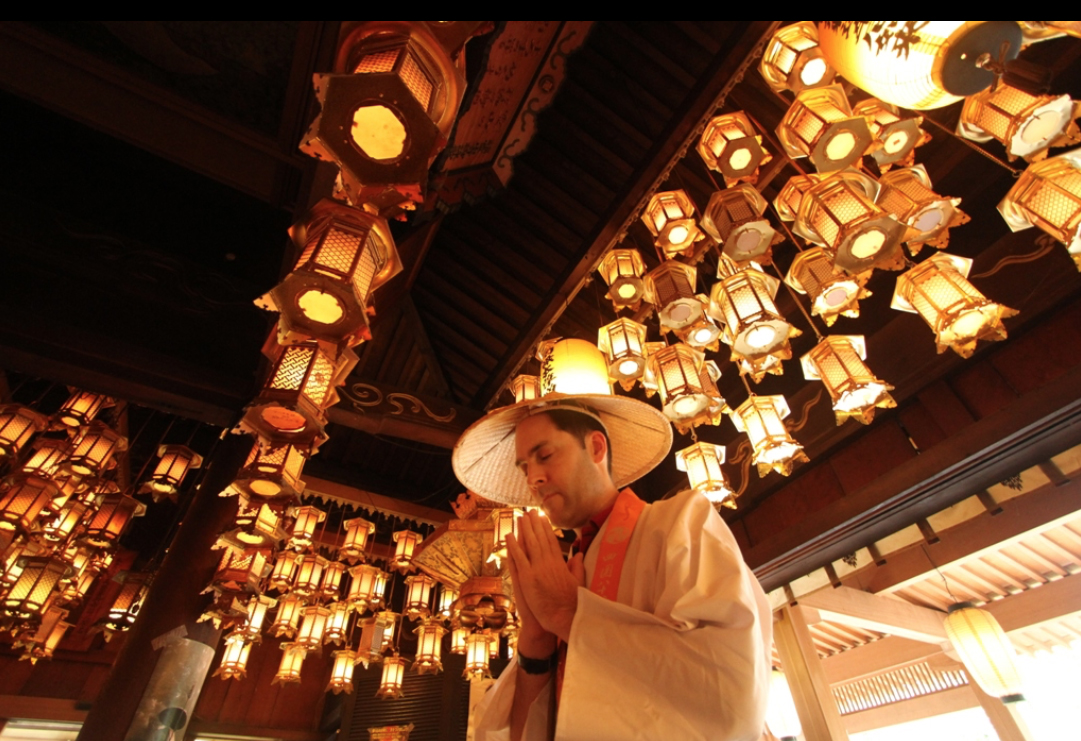
What first sparked your interest in the Henro?
I first came to Japan in 1988. I was an international volunteer and my placement just happened to be Japan. This was a turning point for me in terms of my future direction. I became fascinated by Japanese culture and returned to Japan many times after that. I’ve been living in Japan ever since completing my master’s degree.
I became interested in the Shikoku Henro through learning about Kōbō Daishi (the Buddhist monk, also known as Kūkai) while I was at graduate school. I’d always enjoyed reading Japanese folk tales, and learnt of the Henro through tales that featured Kōbō Daishi. At that time there had been very little research on the Henro by non-Japanese academics. I began doing some private research, and wrote some English language guide books and other publications related to the Henro while working at Tokushima Bunri University.
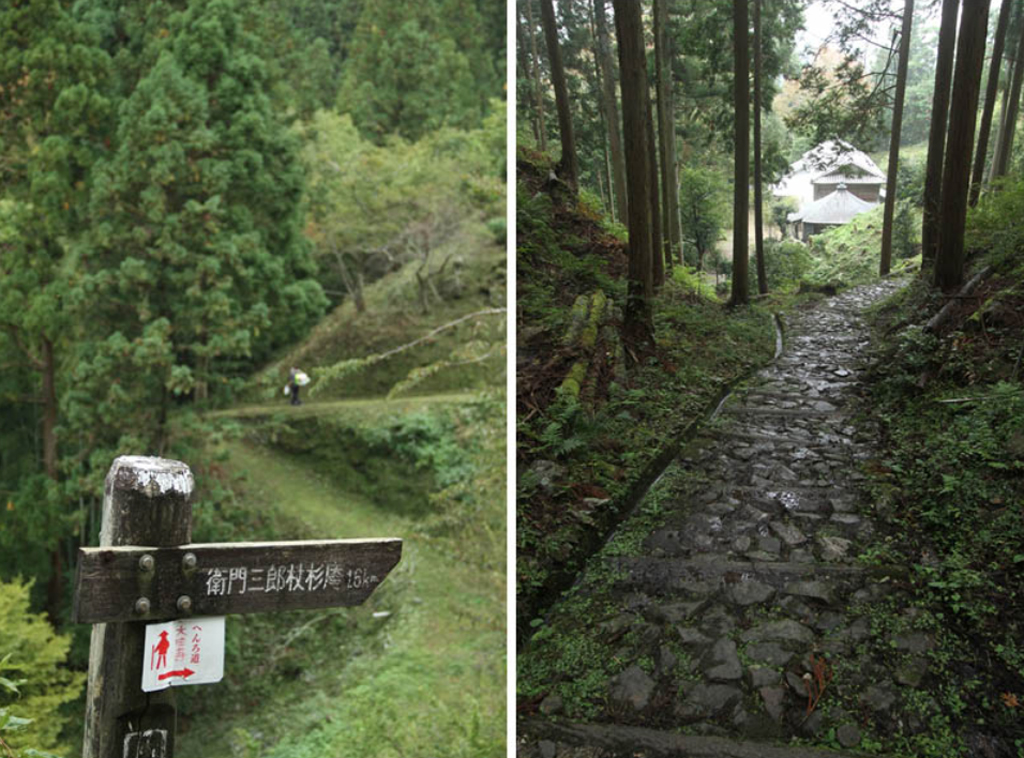
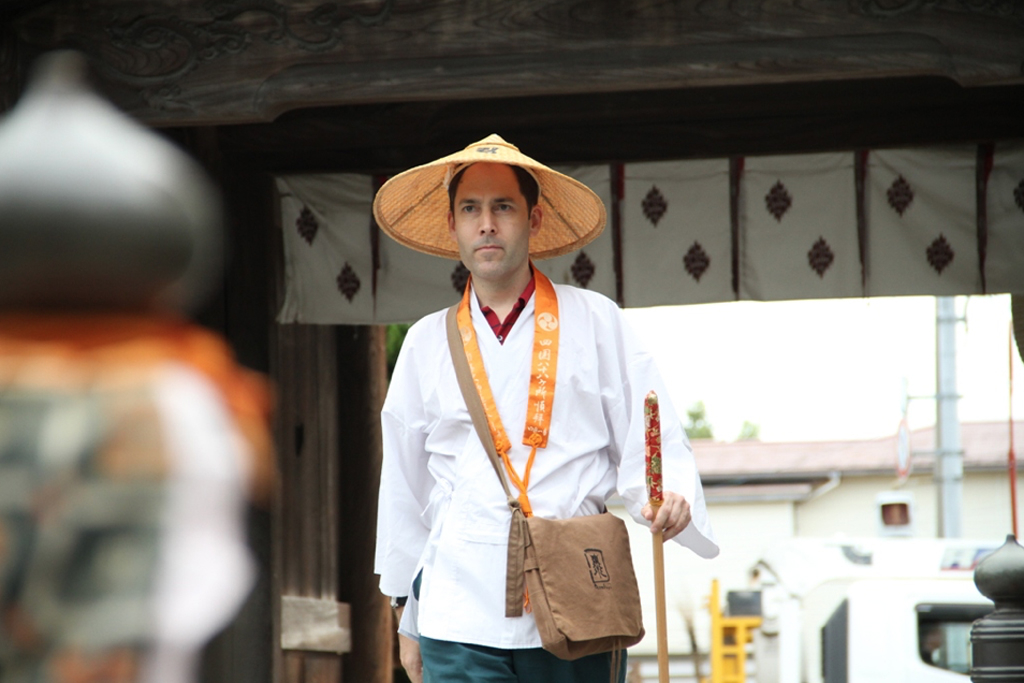
The Shikoku pilgrimage – a tradition of charitable giving.
There has been international interest in the Henro for a very long time. For instance, in 1931, Alfred Bohner, a German, wrote a book about the Henro titled Two on a Pilgrimage: The 88 Holy Places of Shikoku. In it he wrote about osettai, the local charitable tradition of offering aid in various forms to support the pilgrims, and how this tradition resonated with Christian beliefs. I published the English translation of Bohner’s book, which contains around eighty photographs showing what the route and the temples looked like in those days, making it a really valuable resource.
There were even guide books published in Japan many decades ago aimed at foreigners interested in the Henro . The significance of the Shikoku Henro and the reasons for people’s fascination with it were discussed in guide books published in 1936 when Japan was at war with China, and in 1947 amid the post-war chaos. It’s quite interesting to think that these guide books were published at times such as these.
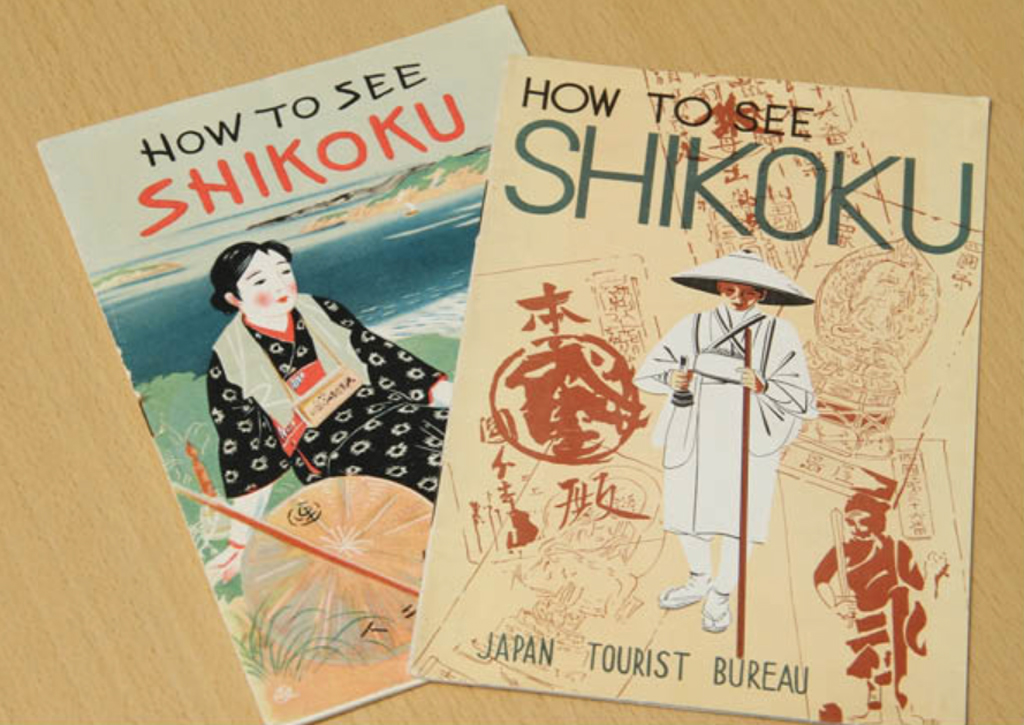
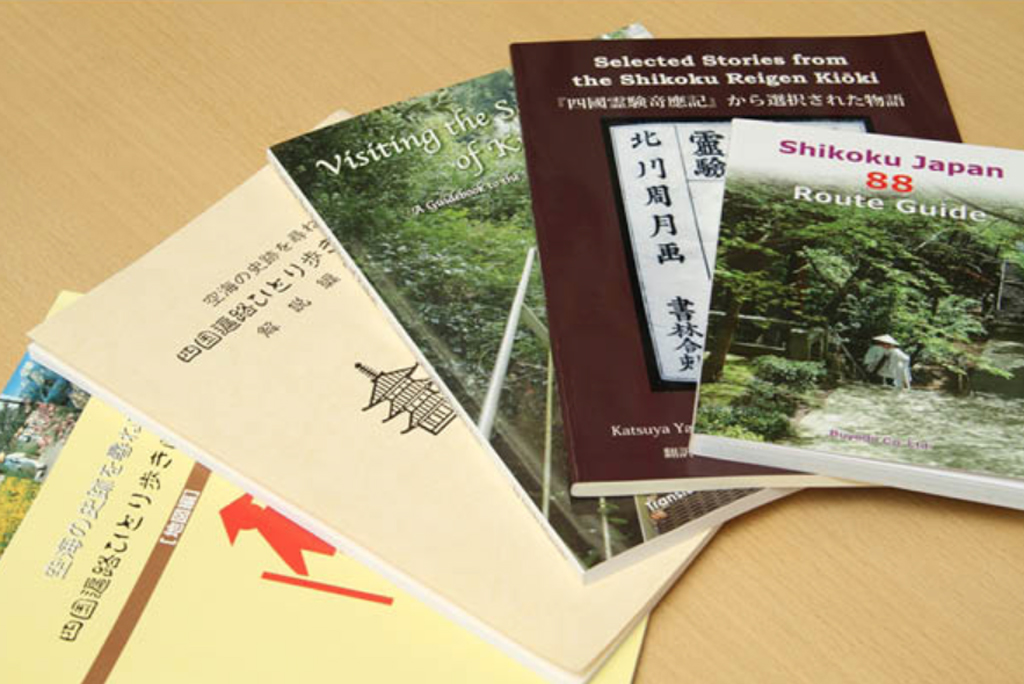
A sudden rise in overseas visitor numbers on the Shikoku pilgrimage.
Overseas interest in the Henro has really increased. The number of overseas visitors on the route is growing year on year, and the Henro has been featured in overseas media.
People have various reasons for wanting to walk the Henro , but I think the internet has played a big part in this. People who have done the pilgrimage share their experiences online through blogs and websites, which in turn encourages even more people to come.
Previously, when there wasn’t much information available about the pilgrimage route, I used to be flooded with direct enquiries from people wanting to know more about it. Now that people have formed groups on social media to share information, things have eased off a lot for me. Most people from overseas walk the route rather than take buses or trains around, and since they’re able to find information on social media about where to stay and what the weather’s like and so on, they feel more confident about walking it.
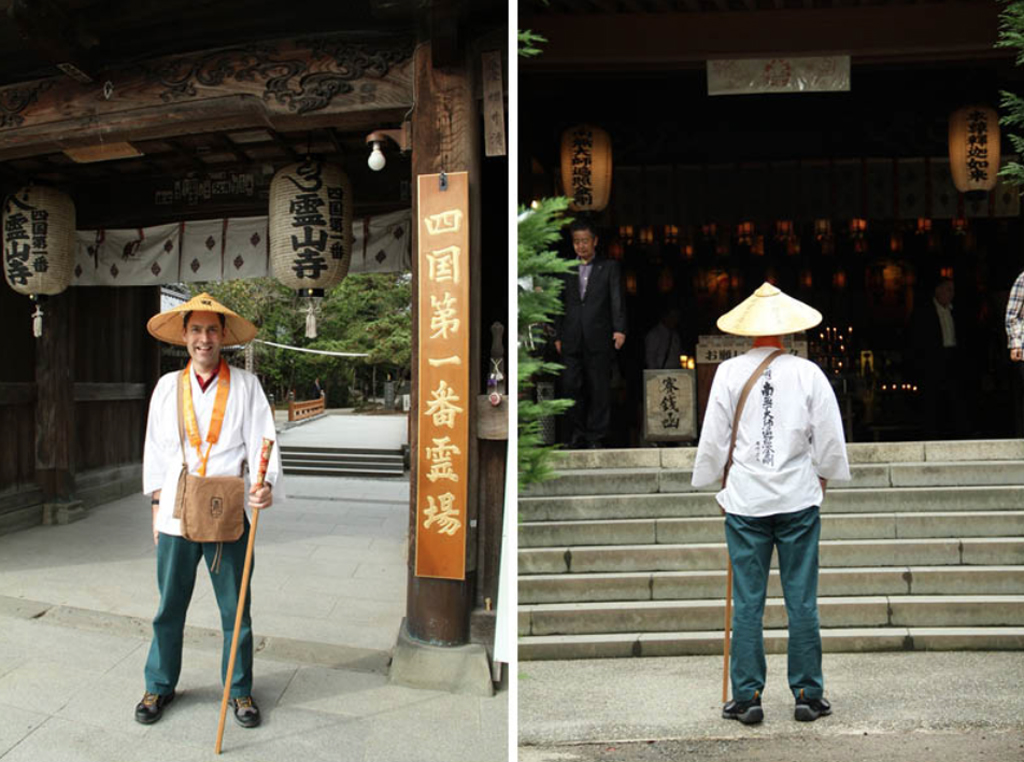
What is the appeal of the Henro for people from overseas?
I conducted a survey to find out what makes people from overseas want to do the Henro.
Most people said that they wanted to learn more about Japan’s history and culture by doing the pilgrimage of the eighty-eight sacred sites. Being able to visit the temples for free, and being able to spend an extended period of time really connecting with Japan were also major reasons.
Another reason was that camping here is safe and comfortable. Personal safety in Japan is good compared to other countries, and the ability for women to travel alone is a point worth mentioning. Also, having facilities such as convenience stores and toilets, bath houses and hot springs, and even laundromats along the way really helps. Not many countries can offer all of that.
An even bigger attraction, though, could be osettai – the tradition of welcoming and supporting pilgrims. In Shikoku it’s a cultural tradition to provide things like food for pilgrims, without expecting any payment in return. People from Japan and from overseas alike are touched by this kindness and consideration. This culture of charitable giving could be the thing that inspires people to set off on the Shikoku pilgrimage.
What’s more, the local people really make an effort to welcome visitors from overseas. To be able to better respond to the needs of overseas visitors, charitable groups and accommodation operators regularly get together to learn some basic English or to learn about the needs of foreign visitors. This level of consideration is highly appreciated by those who visit from overseas.
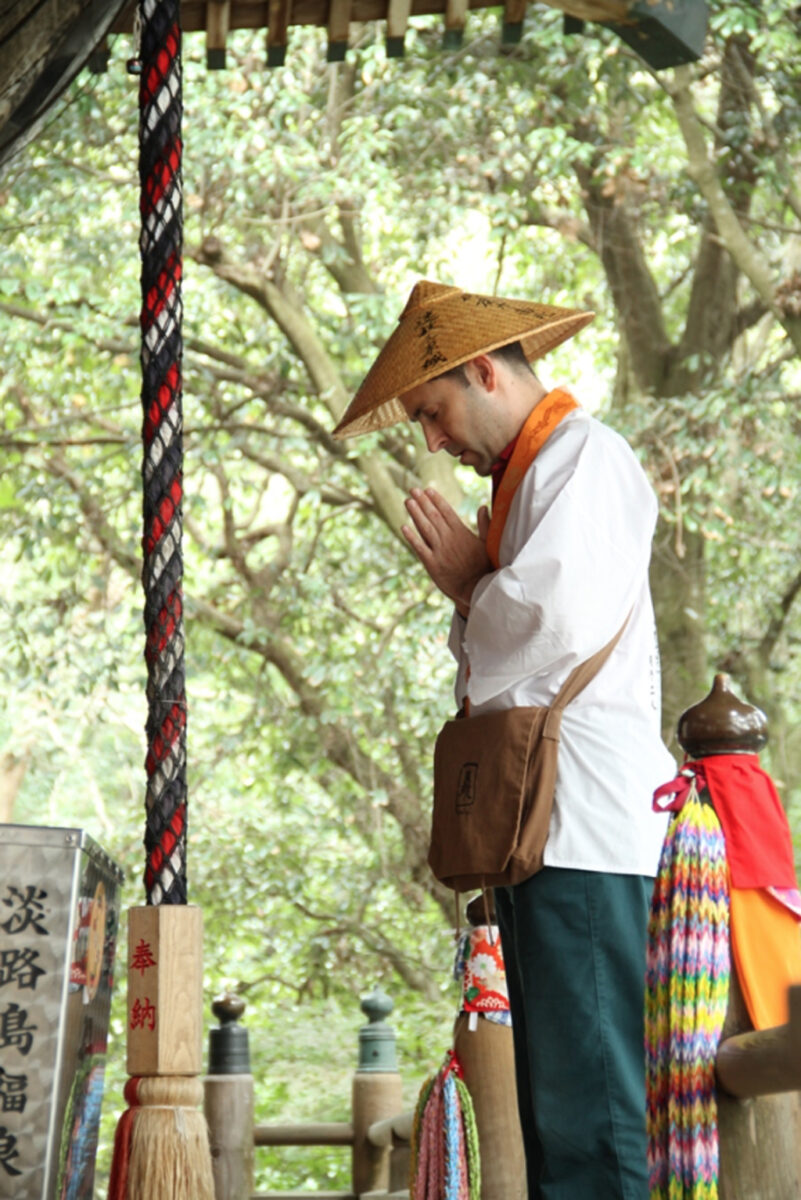
What the Henro teaches us about realising our human potential.
For me, the fascination of the henro is the way that everywhere in Shikoku has its own stories about the pilgrimage. A lot of these tales are based on the theme of rewarding good and punishing evil, and people in the old days would have learnt about ethics and morality by hearing these stories from their parents. However, these days there are lots of locals who don’t know about these stories, and there aren’t many written copies left, either.
I’m working to get the remaining stories translated into English, as well as into modern Japanese, so that they can continue to be told today.
All over Shikoku, stories of miracles experienced by pilgrims are waiting to be told. These are all connected to the spirit of the henro and contain the very essence of the pilgrimage itself. I’d like not only foreigners, but also Japanese people to learn about these cultural traditions. I think the Shikoku pilgrimage is something that can really awaken people’s conscience and compassion.



